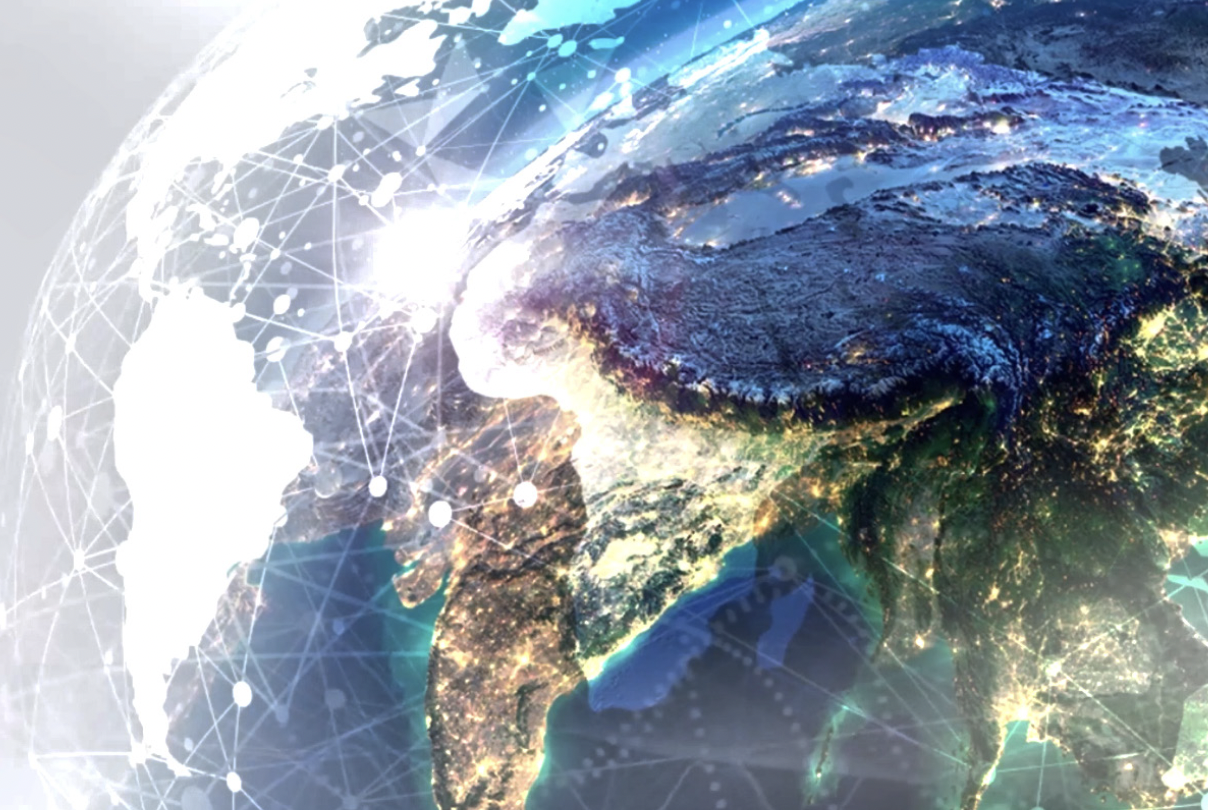For many years, cellular backhaul by satellite has been viewed as a useful way to provide connectivity in remote, rural, or geographically challenging areas where terrestrial infrastructure—such as fiber optic cable—was impractical or too expensive to deploy.

However, relying on Geostationary (GEO) satellite systems meant these cellular backhaul solutions had numerous disadvantages, primarily the fact that the satellite data was expensive and the data speeds were slow and had high latency.
All that is changing now that Low Earth Orbit (LEO) satellite systems, such as Starlink, can be used to provide cellular backhaul by satellite at extremely fast data speeds and for a low cost. LEO technology is bringing huge benefits to the economy and government in places where they never had this level of service.
Cellular backhaul by satellite is expected to play an increasing role in global connectivity, with a recent Industry Arc Report (Satellite Backhaul/Satellite Based Cellular Backhaul Market – Forecast 2024 - 2030) estimating the market will reach $3 billion by 2026. Experts attribute the market strength to the overall rise in mobile and internet use worldwide, especially in regions of Asia with emerging economies and increasing demands for internet connectivity.
In the past, a remote area that relied on cellular backhaul by satellite was limited to services characterized by high latency and low data speeds. Those characteristics made it impossible for end users to complete tasks on applications for online banking or e-government, for example, because the latency delays and slow data speeds would interrupt verification processes.
By contrast, cellular backhaul by LEO satellite is transformative. Indonesia is a prime example. Whereas outlying islands struggled with services that were frustrating for the end user due to low latency and high data speeds, while also being expensive for the telecom operators, cellular backhaul by LEO satellite can dramatically change that situation.
IEC can install a GSM base station and, using Starlink, can offer a less expensive setup mode that delivers 220 Mbps data speed versus previous GEO VSAT that would deliver 1-2 Mbps.
The faster speed means that a user can do online banking, e-government as well as use other applications that rely on a consistent connection and low latency in order for the user to remain connected and complete transactions. Many islands can now change their way of doing business, banking, government, everything.
LEO is transformative for automation, digitalization, online commerce, and government in central Asia, as well.
For example, IEC Telecom is working with terrestrial operators in Kazakhstan to offer cellular backhaul by low latency LEO networks that can create new business models, more services, and cost savings, all while reducing the digital divide between remote and more populated regions.
A key for new adoption of cellular backhaul by LEO satellite is for terrestrial operators to navigate legislation and security concerns in a given area. It can come down to a choice of being left behind or embracing the change.
There is flexibility in this approach as well. Cellular backhaul by satellite can be used as a primary solution in remote areas or as a backup for terrestrial networks to ensure redundancy. Thus, it can be easily relocated or reconfigured based on changing requirements.
Other important advantages of cellular backhaul by satellite include providing a backup communication link for critical infrastructure to ensure resilience and continuity and supporting hybrid networks that combine terrestrial and satellite backhaul for enhanced reliability.
As the need for reliable high-speed Internet connectivity continues to grow even in the most remote regions of Asia, cellular backhaul by LEO satellite is certainly going to be seen as a viable solution that can transform business opportunities, government effectiveness... and the end-user experience.

Nabil Ben Soussia
Nabil Ben Soussia is CCO of IEC Telecom and has more than 15 years of experience in the satellite communications industry. IEC Telecom offers global coverage for international operations as well as a wide variety of area-by-area plans for regional use. An integrated approach of in-house design and engineering expertise allows IEC Telecom to develop truly unique solutions that enable full control over customer satellite assets. IEC Telecom Group has offices across eight countries: Denmark, France, Kazakhstan, Norway, Singapore, Sweden, Turkey, and UAE.


